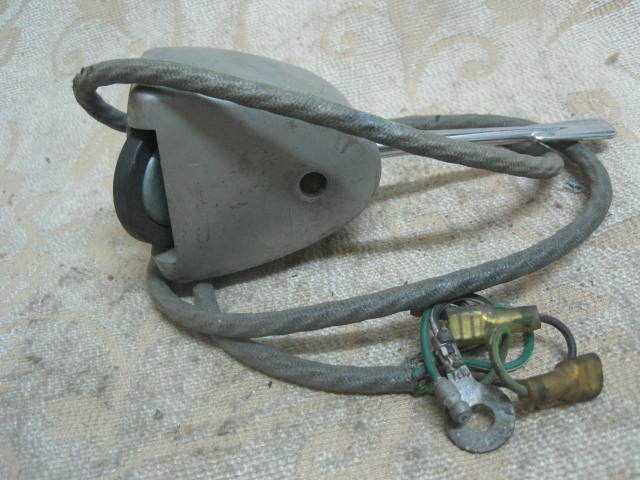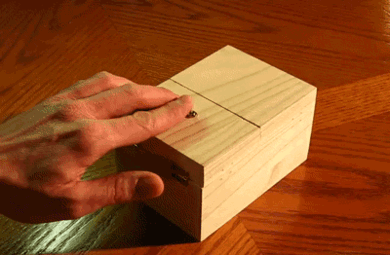 "BaconSandwich is tasty." (baconsandwich)
"BaconSandwich is tasty." (baconsandwich)
03/19/2018 at 16:42 ē Filed to: None
 0
0
 8
8
 "BaconSandwich is tasty." (baconsandwich)
"BaconSandwich is tasty." (baconsandwich)
03/19/2018 at 16:42 ē Filed to: None |  0 0
|  8 8 |
This might sound like an odd question, but how does a signal/indicator stalk know when to snap back into the neutral (not signalling) position after a user turns the wheel? Iíve never had the chance to take apart an indicator light or a steering column, and part of me is really curious to know how the mechanism works.
I wonder - is the degrees of rotation that a driver has to turn the wheel back before the light snaps off the same between different manufacturers?
Iíve been thinking about this while commuting home for more days than Iíd care to admit.
 crowmolly
> BaconSandwich is tasty.
crowmolly
> BaconSandwich is tasty.
03/19/2018 at 16:49 |
|
Turn signal cancelling cam in the column/switch.
 bob and john
> BaconSandwich is tasty.
bob and john
> BaconSandwich is tasty.
03/19/2018 at 16:49 |
|
racheting mechanism in the steering column.
 KingT- 60% of the time, it works every time
> BaconSandwich is tasty.
KingT- 60% of the time, it works every time
> BaconSandwich is tasty.
03/19/2018 at 16:50 |
|
https://auto.howstuffworks.com/turn-signal3.htm
 RamblinRover Luxury-Yacht
> BaconSandwich is tasty.
RamblinRover Luxury-Yacht
> BaconSandwich is tasty.
03/19/2018 at 16:53 |
|
On a Land Rover Series and a number of other old cars, there is actually a wheel rolling against a collar. The switch presses the wheel into contact with the collar, and the wheel rolls a certain distance while pulling itself along a track until the switch pops off.

On a US car signal from the Ď60s until at least the Ď80s, itís normal for the switch to pop a one-way cam down into place, which will click over a peg on the back of the wheel going one way, but will jam against the peg and push the switch back in the other.
Hereís a Mustang unit. The white nylon is a cam connected to the switch post.

 Wacko
> BaconSandwich is tasty.
Wacko
> BaconSandwich is tasty.
03/19/2018 at 16:56 |
|
BMW auto cancels the flasher even before it is pressed
 Brian, The Life of
> Wacko
Brian, The Life of
> Wacko
03/19/2018 at 17:54 |
|
Yep! Pretty sure this is the genesis of their design:

 coqui70
> BaconSandwich is tasty.
coqui70
> BaconSandwich is tasty.
03/19/2018 at 22:05 |
|
On most modern cars there is a disencamberator bobbin inside the stalk shaft calibrator assembly. When the vehicle operator moves the stalk up or down to signal a turn the bobbin marks the relative motion of the wheel and registers precisely 5.67 radians of angle momentum.
At this point any wheel motion in the opposite direction then unwinds the disencamberator angular torque vectoring thereby releasing the potential energy onto the stalk. The stalk then returns to the neutral (disengaged) position.
On BMW vehicles this feature is disabled.
On Buick vehicles (and the Toyota Avalon of similar design and purpose) the feature does not return the stalk to the neutral position ... ever.
 BaconSandwich is tasty.
> coqui70
BaconSandwich is tasty.
> coqui70
03/20/2018 at 13:12 |
|
Itís always a bad deal when your discombobulator wonít stop frobnicating.